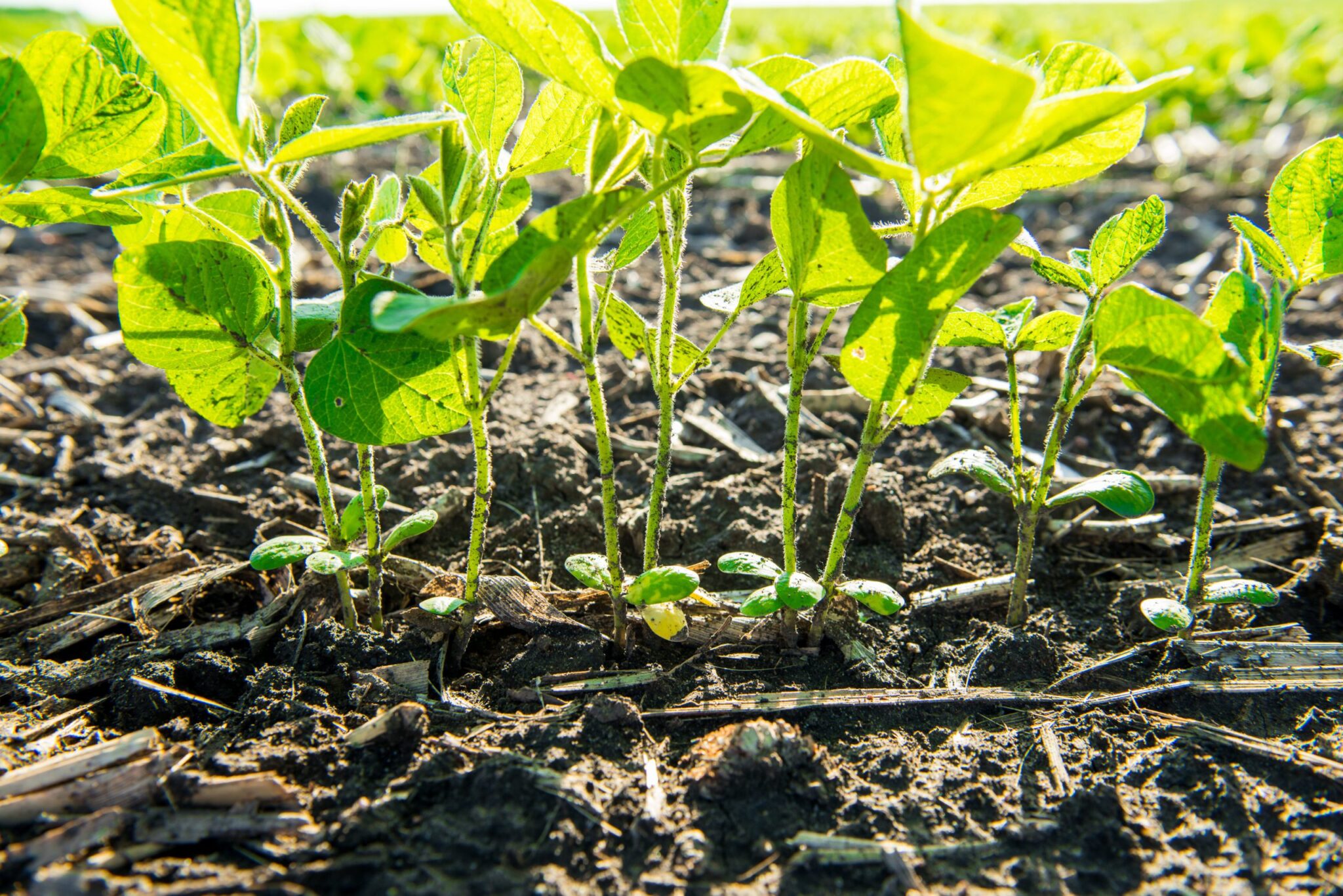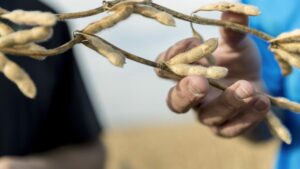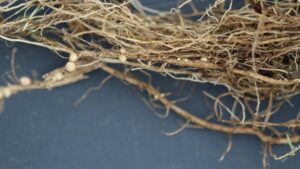It was 2017 when the first multi-stack trait soybeans entered the commercial market. Now, five years later, the soybean trait market has changed — there’s been a shift away from single-stack soybean traits, and multi-stack traits seem to be the preferred seed choice of customers in the U.S.
That means, multi-stack soybean traits are about to become more and more ambitious as breeding efforts continue to see what traits can be stacked to give you more modes of action and prevent weed, pest and disease resistance in the field.
“So much of the development of traits starts with the grower in mind,” says Tom Greene, senior research director and global leader of biotechnology at Corteva Agriscience. “Understanding grower challenges, whether that’s abiotic or biotic pressures, is important to keep in mind that view of trying to support the grower while trying to maximize productivity on the acre.”
For Greene, multi-stack traits came into perspective with the former legacy companies, now Corteva, as the team looked to see how to combat challenges like weeds and insects, along with the natural evolution of resistance development, while giving farmers choices that meet their needs.
“As those resistance mechanisms begin to develop, we realized that we needed multiple modes of action to provide that durability and that performance our growers needed to see,” he says. “As we evolved into those second-generation trait technologies, that’s when we began to think about stacking multiple modes of action or multiple genes into a single trait concept — to bring out that performance and durability.”
The one caveat, though, is that not every bean works well in every field, says Jeremy Ross, professor and soybean Extension agronomist for the University of Arkansas System Division of Agriculture’s Cooperative Extension Service. Fortunately, as the years have gone by, more multi-stack traits are coming to market to help aid growers across the country.
“If it’s an Enlist bean or an XtendFlex, all of the beans perform well, but not all of them are going to perform exactly the same in all these environments,” he says.
To help growers across Arkansas, Ross and his team have multiple plots to try and look at the different commercial varieties to help identify the best environment that they’ll perform. Agronomic-wise, though, the traits all give excellent coverage.
“They still have all the traits and get the disease resistance, nematode resistance and even chloride tolerance, since that’s an issue in certain parts of the state,” Ross says.
How Do You Stack Traits?
Figuring out how to make a perfect stack with multiple genes — whether it’s for insect, disease or weed resistance — starts with a broad funnel, says Greene.
“That gives us the ability to identify new modes of action or new sites of action that comes through our pipeline, and we’re testing it against current genes or traits in the marketplace as well,” Greene says. “As we think about bringing those together, it’s really focused on that process of identifying how to best optimize expression of each of those and how to build a molecular cassette that expresses multiple genes in the right way.”
That means there’s a lot of work to fine tune gene expression for a single gene configuration. Each individual genes and proteins that the gene codes for needs to be tested and brought together in a single gene configuration.
Bringing those together in a single molecular configuration drives a single molecular stack that can deliver a trait.
“One of the biggest challenges with having multiplies is really building the product within the breeding organization and the breeding process,” Greene adds. “When you start managing multiple loci in a genome, it adds tremendous complexity.”
Simplifying those loci — the physical sites or locations of a specific gene on a chromosome — into a single molecular stack of multiple genes, that confer unique or novel modes of action simplifies product delivery, Greene says, allowing organizations to manage it more effectively as they bring products to the grower.
The best part about multi-stacking traits, according to Greene? Even though we’ve already established that it provides multiple modes of actions in the field, when you think about it from a molecular level, there’s a lot of proteins being strung together to provide the best course of action.
“A single trait from an insect resistance product that’s coming forward today may have 2, 3, or 4 proteins that are bringing multiple modes of action that target a broader spectrum of a pest species,” Greene says, noting that getting a broader spectrum of protection can help protect from other pests, diseases and weeds.
And, though trait stacking might have limits to some degree, breeding hasn’t quite gotten there yet.
“There will probably be upper limits to some degree as you think about building molecular stacks,” he says. “If the fragment gets to be quite large, then it’s really hard to manage. I would say over time as we figure out how to drive expression better, we’re going to start targeting expression in tissues that need to be expressed. That will allow us to manage the impacts on the plant more effectively.
“As technology has evolved over the last few decades, we’ve just gotten better at designing constructs, designing expression, which allows us to deliver stack trait concepts more effectively. There’s a continuing evolution of enabling technologies that allow us to do a better job of building stacks and moving larger segments of DNA,” Greene says.
Make sure to keep up-to-date as we dive into the future and demand of multi-stack traits in soybeans.













